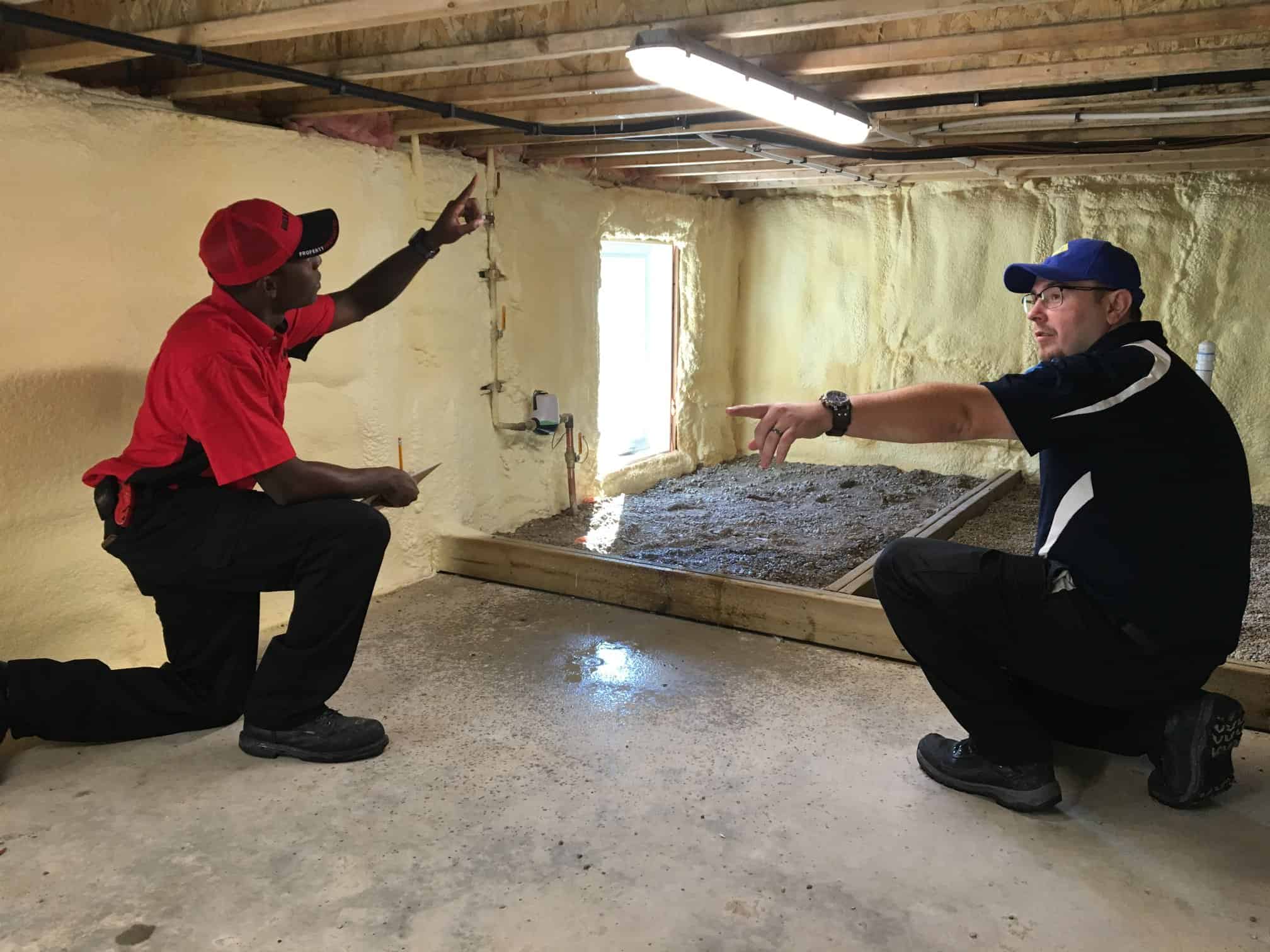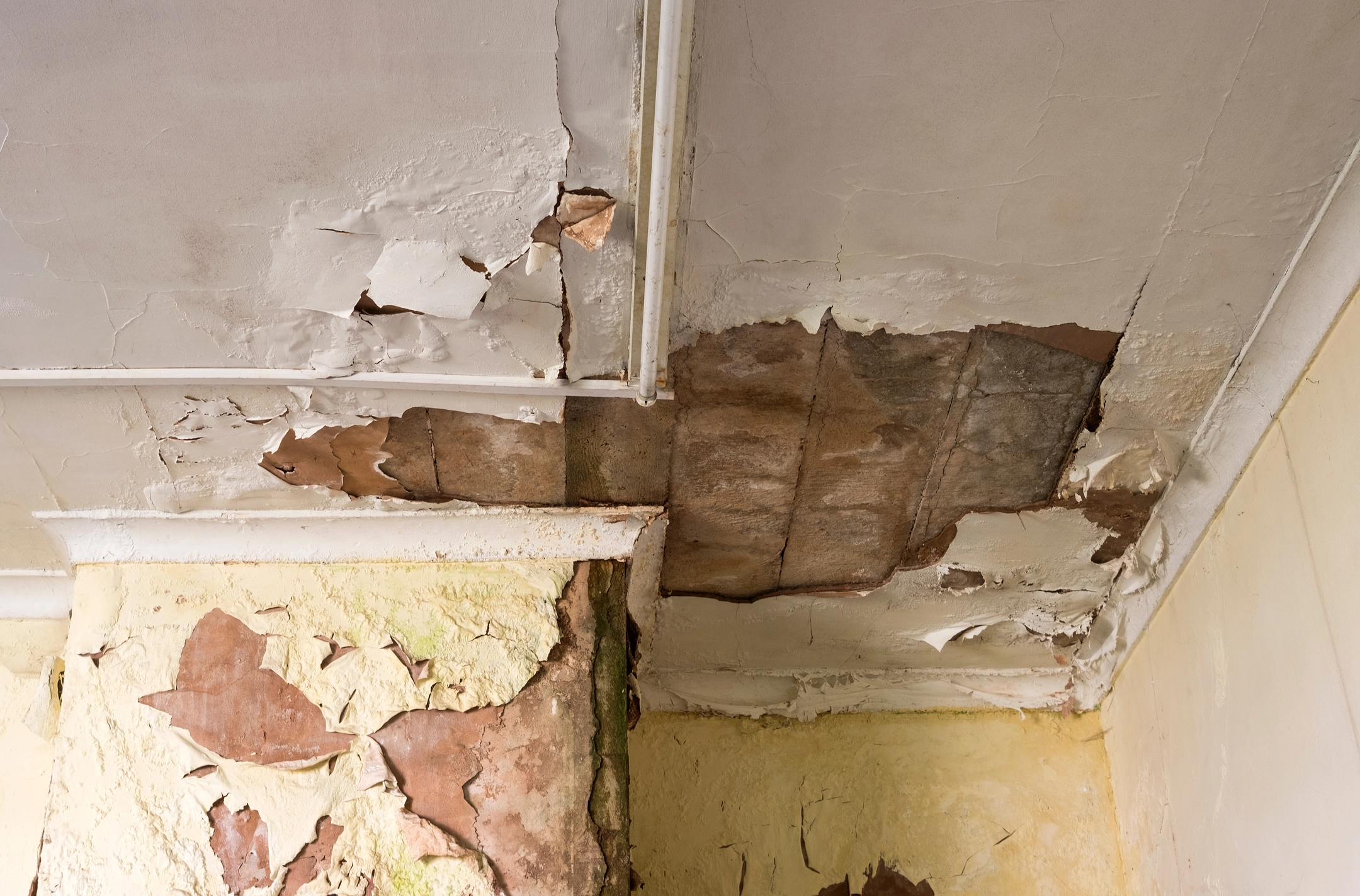Emergency Water Leak Repair to Prevent Further Property Destruction
Emergency Water Leak Repair to Prevent Further Property Destruction
Blog Article
The Refine of Water Damages Clean-up: Ensuring Your Home Is Restored Effectively
Water damages can be an overwhelming obstacle for home owners, demanding a structured and meticulous clean-up process to restore safety and security and capability. At first, a comprehensive analysis is essential to determine the level of the damage and establish the ideal removal measures. Following this, reliable water extraction methods play a crucial function in reducing additional injury. However, the subtleties of drying, sterilizing, and ultimate restoration are similarly necessary and typically forgotten. Understanding these stages can make a considerable distinction in the end result of your home's reconstruction, prompting a closer take a look at what each action requires.
Analyzing the Damage
Upon discovering water damage, the initial step is to extensively assess the extent of the influence. This first examination is important, as it assists figure out the required actions for effective cleanup and reconstruction. Begin by inspecting the influenced areas, including walls, ceilings, floorings, and individual valuables, to identify the resource of the water breach, whether from flooding, leaks, or condensation.
Documenting the damages is essential for both insurance claims and intending reconstruction efforts - damage restoration services. Use pictures and composed notes to capture the severity of the damage, noting any kind of afflicted structural components and products. Pay unique interest to locations that may not be right away visible, such as behind walls and under rugs, as concealed wetness can lead to additional issues, including mold and mildew growth
In addition, assess the timeline of the water direct exposure. The longer the materials continue to be wet, the better the capacity for damages. Comprehending the duration of exposure will certainly notify the urgency of remediation efforts. Eventually, an extensive analysis lays the groundwork for an effective water damage clean-up procedure, guaranteeing that all influenced areas are attended to properly and completely.
Water Extraction Strategies

Specialists typically use completely submersible pumps for bigger quantities of water, which can promptly relieve flooding in basements or other affected locations. For smaller sized amounts, wet/dry vacuums are typically utilized to draw out residual moisture from carpets and hard surfaces. In addition, making use of mobile extractors enables targeted elimination in restricted spaces or locations with fragile materials.
In circumstances of infected water, such as sewer or floodwater, advanced extraction strategies may involve using biohazard tools to make certain safety and conformity with wellness guidelines. High-powered extraction devices are essential in reducing water retention in architectural products, which can result in mold and mildew development and architectural degeneration if not addressed immediately.
Inevitably, the efficiency of water extraction strategies plays an essential role in the overall success of the water damage cleanup procedure, laying the groundwork for subsequent restoration initiatives.
Drying and Dehumidification
When standing water has been successfully extracted, the following vital phase in the water damages cleanup procedure is drying out and dehumidification. This step is necessary to prevent additional damage and mold development, which can take place within 24 to 48 hours in moist settings.
To accomplish effective drying out, specialized devices such as industrial-grade air moving companies and dehumidifiers is utilized. Air moving companies circulate air throughout wet surfaces, boosting evaporation rates, while dehumidifiers lower humidity levels airborne, promoting a favorable environment for drying. The combination of these devices makes sure that dampness is drawn out from home furnishings, floorings, and wall surfaces, allowing them to dry thoroughly.
It is necessary to check the drying process carefully. Experts frequently utilize dampness meters to assess the moisture content in different products, ensuring that all affected areas reach acceptable dry skin degrees. This thorough approach helps to avoid covert wetness pockets that might cause architectural damages or harmful mold and mildew development.

Cleaning and Disinfecting
After the drying out and dehumidification visit their website stage is total, the next important step in water damage cleanup is cleaning and disinfecting the influenced locations. This procedure is essential to stop the growth of mold, germs, and various other virus that grow in moist atmospheres.
The cleaning phase typically involves getting rid of any type of debris, dust, and impurities from surfaces using specialized cleansing representatives. For tough surface areas, a combination of soap and water or commercial cleansing products is frequently utilized. Soft materials, such as furniture and rugs, may call for a lot more considerable cleaning approaches, consisting of steam cleansing or deep extraction techniques, to make certain complete sanitation.

Sterilizing complies with cleaning, using EPA-approved anti-bacterials to get rid of harmful microorganisms. This action is vital, particularly in areas that visit our website might have entered call with floodwaters or sewage, as these sources can present serious health and wellness threats.
Furthermore, it is essential to attend to any kind of staying smells, which might require making use of smell neutralizers or advanced methods like ozone therapy. Appropriate cleansing and sanitizing not only recover the safety and health of your home yet also prepared for successful remediation and repair work in subsequent phases of the water damage clean-up process.
Reconstruction and Repairs

When the assessment is total, remediation initiatives can begin. This generally involves fixing or replacing broken products, ensuring that all work abides with his explanation neighborhood building regulations and standards. If drywall has actually been endangered, it will certainly need to be gotten rid of and changed with brand-new product. Additionally, floor covering might call for similar focus, depending upon the level of water exposure.
It is critical to involve knowledgeable repair specialists throughout this procedure, as they possess the know-how to manage intricate repair work properly. They can assist reduce possible future issues, such as mold growth or structural instability, thus guaranteeing a habitable and safe living atmosphere. Inevitably, effective reconstruction and fixings recover the home's integrity and improve its general worth.
Final Thought
In final thought, the procedure of water damage cleaning is important for restoring a home to its pre-damage problem. Each phase, from analyzing the damage to implementing effective water removal techniques, followed by comprehensive drying out, sanitizing, and required repair services, plays a necessary role in making sure security and conformity with building standards. Efficient execution of these steps not just mitigates prompt damages however also boosts the long-term stability and value of the residential property.
Water damage can be a daunting challenge for home owners, necessitating a precise and organized clean-up procedure to recover safety and security and capability. Inevitably, a thorough analysis lays the foundation for a successful water damages cleaning process, making sure that all impacted areas are attended to efficiently and completely.
Effective water extraction techniques are important in minimizing damages and avoiding more problems complying with a water invasion occasion.In final thought, the procedure of water damages cleaning is vital for recovering a home to its pre-damage condition. Each phase, from examining the damage to applying efficient water extraction methods, complied with by thorough drying out, sterilizing, and needed fixings, plays a vital role in making certain security and compliance with structure standards.
Report this page